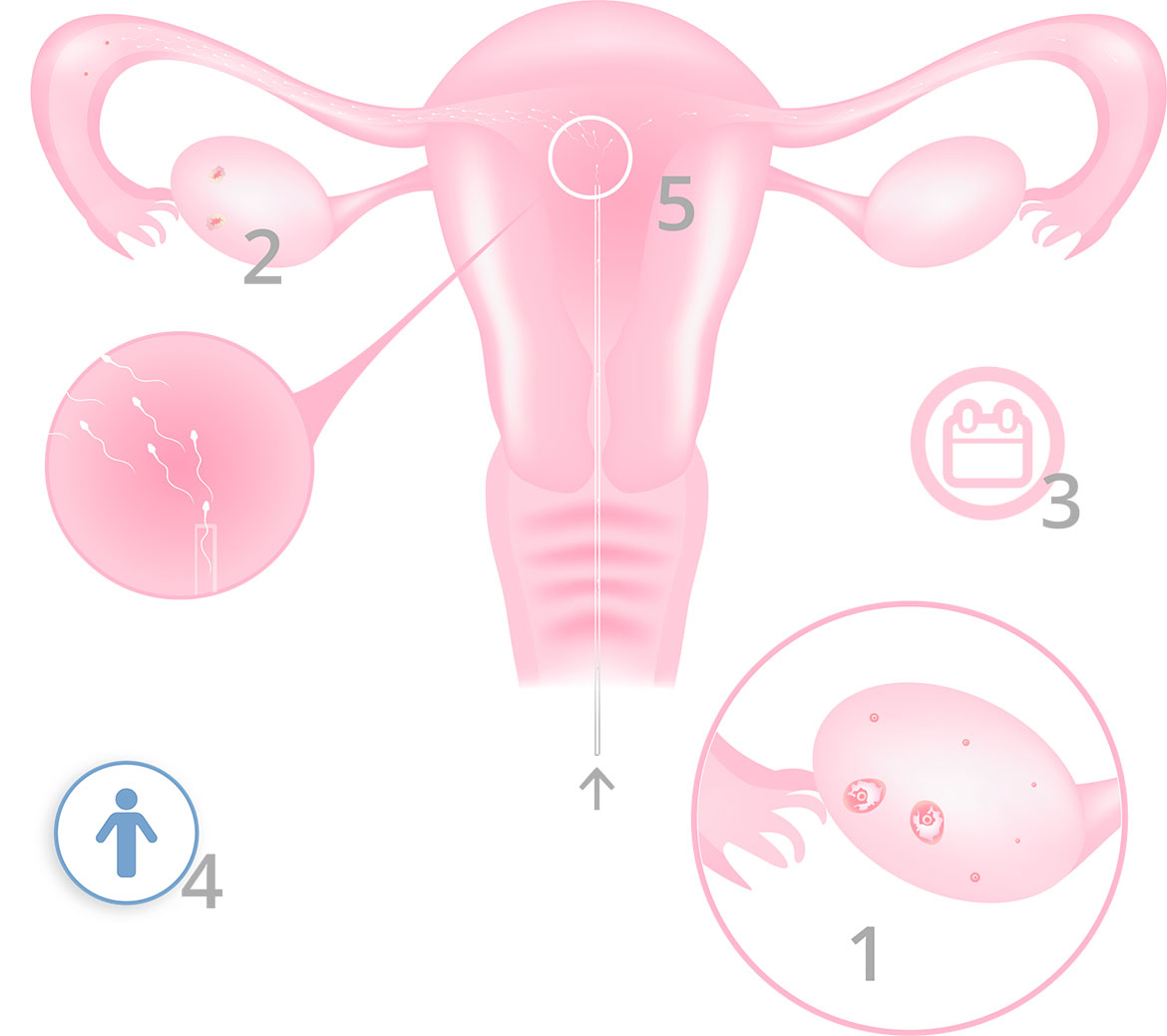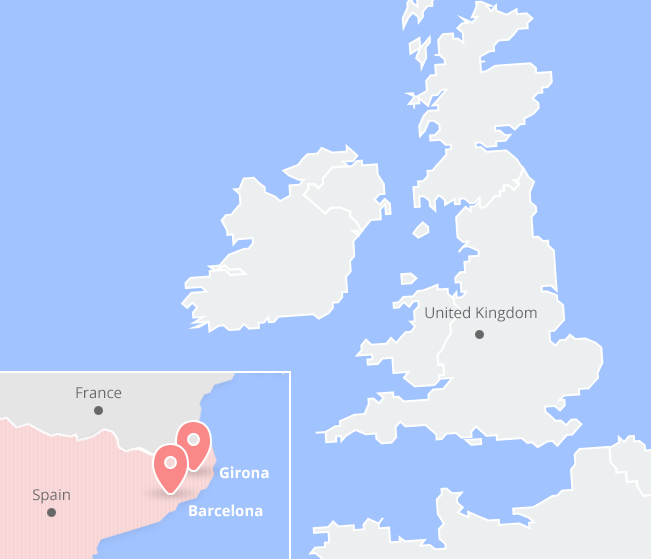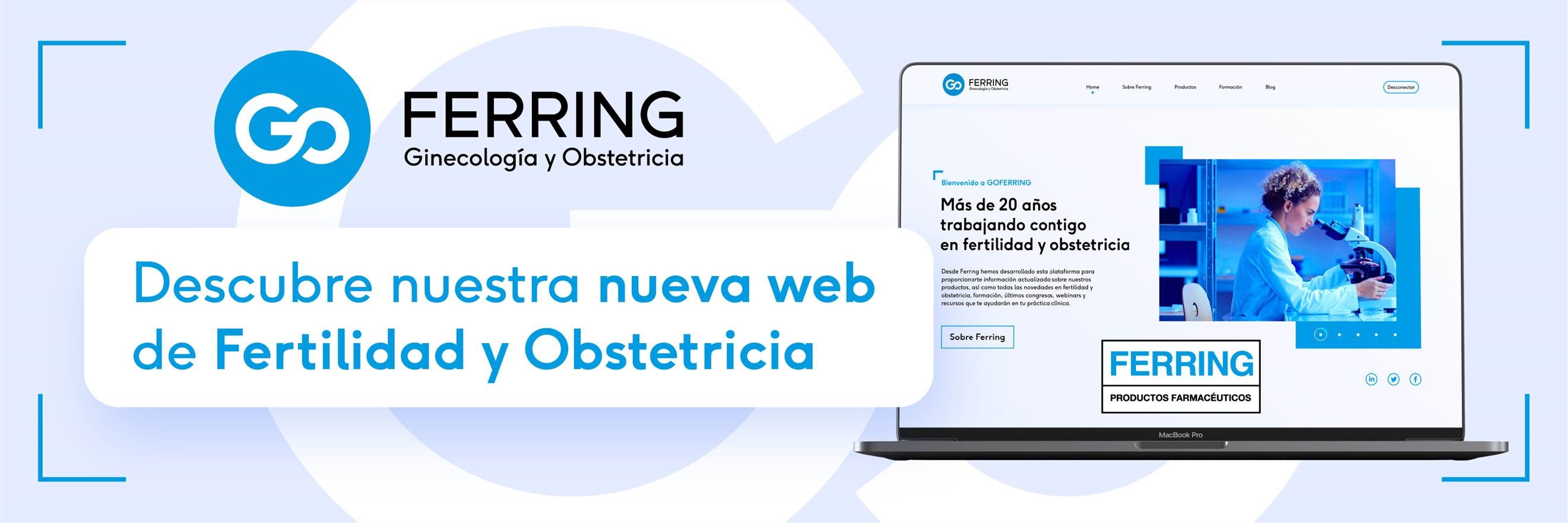Assisted reproduction techniques
Artificial Insemination by Husband (AIH)
In artificial insemination, sperm is placed inside the patient’s uterus at the moment of ovulation. The semen sample has previously been prepared and optimized in the laboratory, so that only high quality sperm is used, with the best mobility and morphology.
The objective of artificial insemination is to increase the probability for a couple to become pregnant by stimulating the woman’s menstrual cycle and improving the characteristics of the man’s semen sample. This assisted reproduction technique facilitates the union between the eggs and the sperm, thereby contributing to fertilisation.
Artificial insemination procedure
Firstly, the ovaries must be stimulated by hormone treatment. During treatment, the gynaecologist will monitor the procedure with a transvaginal ultrasound. Once the ovaries are prepared, ovulation will be stimulated and artificial insemination will be scheduled.
On the same day as the artificial insemination, the patient’s partner will provide a semen sample that will later be processed in a laboratory to select high quality sperm. After this, the gynaecologist will place the sample inside the woman’s uterine cavity in a very simple and painless procedure. In fact, artificial insemination is performed during the same gynaecological appointment.
Artificial insemination does not require anaesthesia so, after several minutes of rest, the patient can leave and resume normal activities.
Ovarian stimulation protocol in artificial insemination
It is completely personalised. The treatment regimen for artificial insemination is adapted to each patient according to their age, hormone levels, ovarian reserve, body mass index, etcetera.
The procedure should last approximately 15 days.
Artificial insemination with natural cycle
In certain cases, artificial insemination can be performed without stimulating the ovaries with hormones. This can be due to personal or medical reasons that discourage hormone stimulation.
In these cases, the pregnancy rate is lower and therefore the treatment can only be performed in special cases.





 Español
Español Français
Français Català
Català Italiano
Italiano Русский
Русский











